The Philidor Defense is a calm way for Black to approach the King’s pawn opening by White.
The main idea behind this opening is to protect the e5 pawn by placing pawns on e5 and d6 squares.
The Philidor Defense starts with 1. e4 e5 2. Nf3 d6.
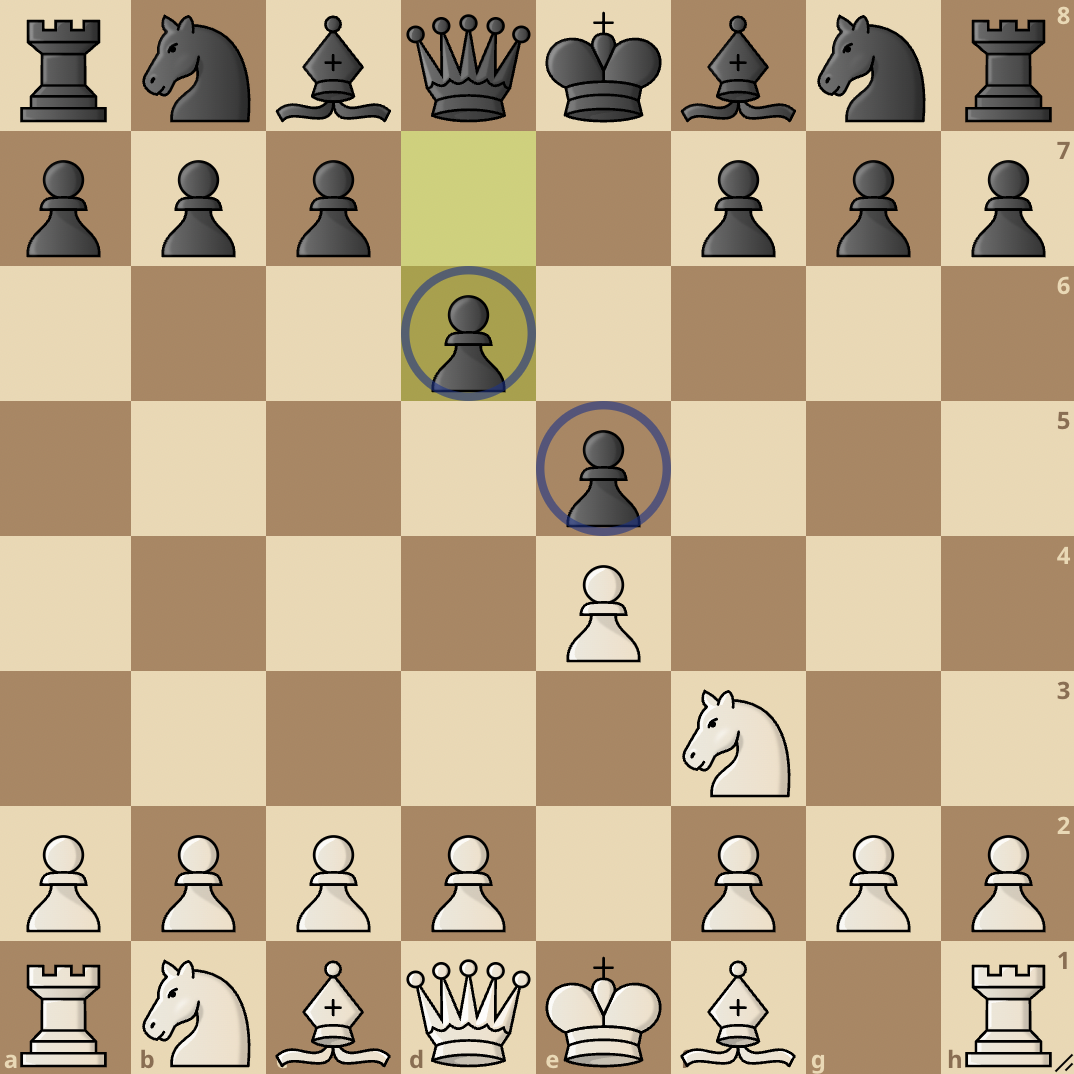
By playing d6, Black adds more protection to their e5 pawn. After d6, the mainline for White is to continue with 3. d4.

After d4, there are three main variations:
- The Hanham Variation
- The Nimzowitsch Variation
- The Exchange Variation
The Hanham Variation
1. e4 e5 2. Nf3 d6 3. d4 Nd7
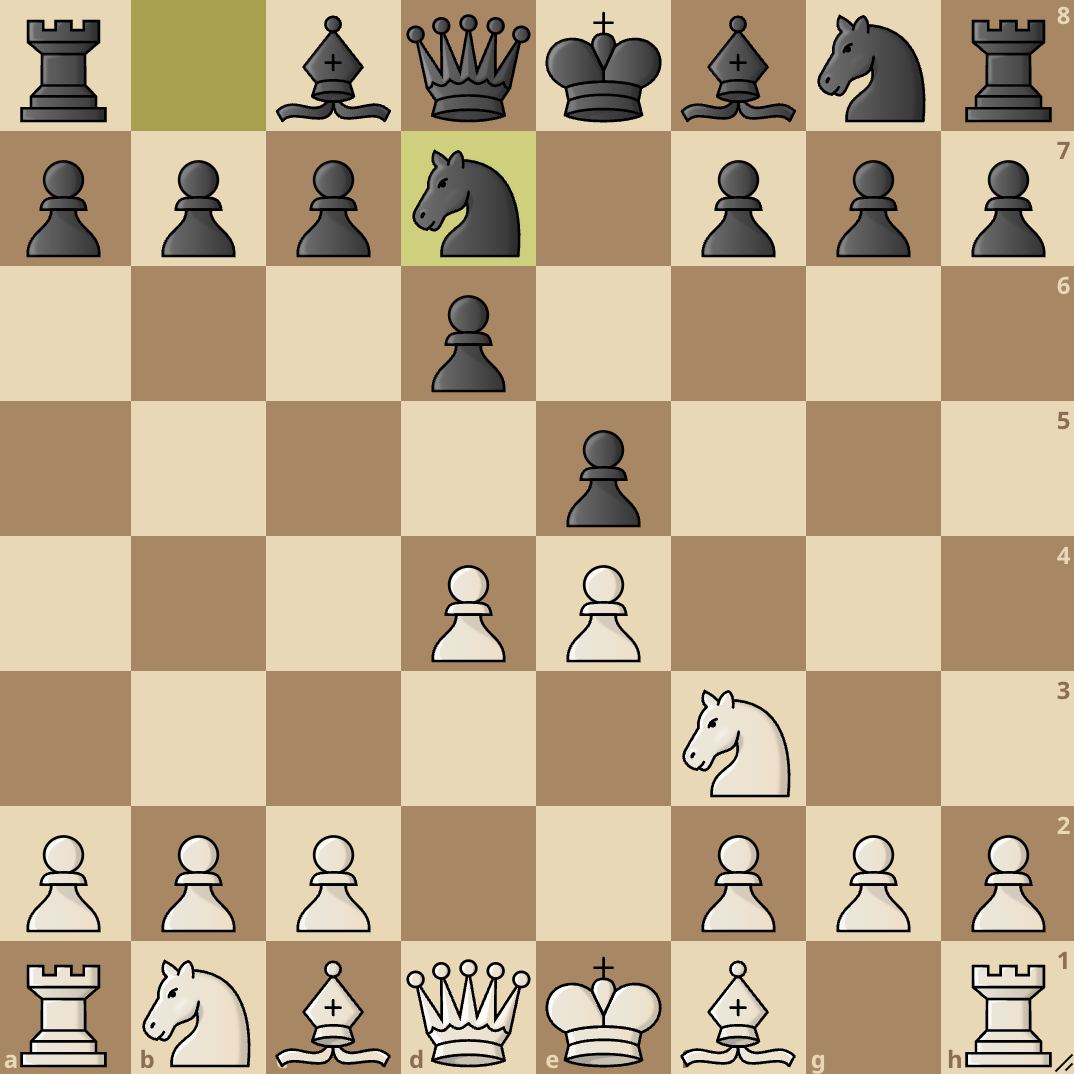
The Hanham Variation starts after 3. d4 and Black plays 3…Nd7.
The best move for White here is 4. Bc4. After Bc4, Black has to be very careful as traps are lurking in the position. The best move for Black here is to play 3…exd4 and then continue with Ngf6.
However, if they play seemingly normal moves like Be7, they will end up losing a pawn and being in a worse position. The sequence that would start after 4…Be7 would be 5. dxe5 Nxe5 6. Nxe5 dxe5 7. Qh5. Black cannot allow Qxf7, so they play 7…g6 and this move hangs the e5 pawn, so White simply captures the pawn.
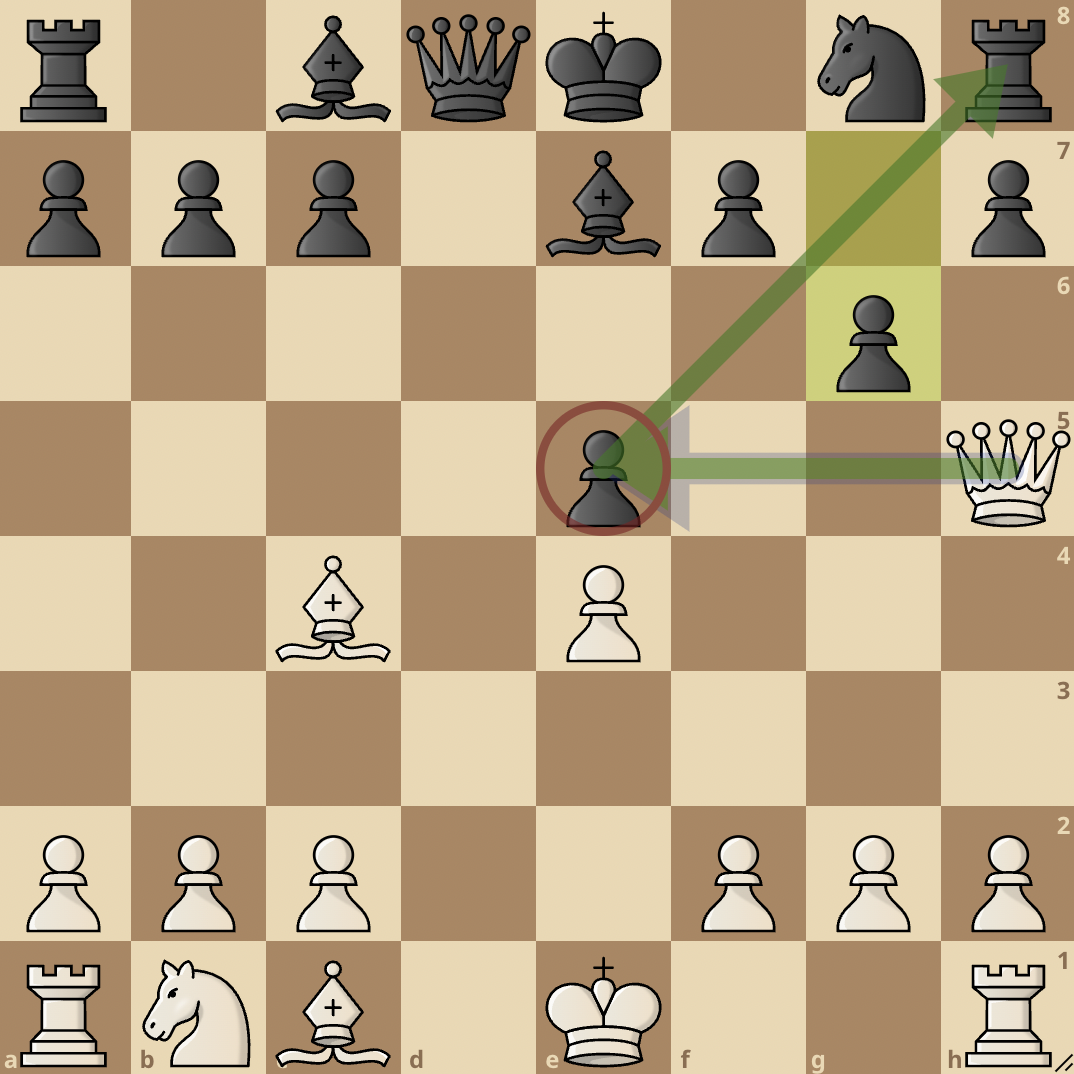
Playing 4…Ngf6 also doesn’t help matters as shown in the following sequence: 5. dxe5 Nxe5 6. Nxe5 dxe5. After 6…dxe5, White continues with 7. Bxf7+ and Black plays 7…Kxf7.

While it looks like White can win the black queen after 8. Qxd8, that’s really not the case as Black has 8…Bb4+, checking the white king and opening up an attack from their rook to the white queen.
White will play 9. Qd2 and after 9…Bxd2+ White recaptures with 10. Nxd2 and they retain a better position.

White is up a pawn and with the e5 weakness in Black’s position, White is sure to win if they play accurately.
The Nimzowitsch Variation
1. e4 e5 2. Nf3 d6 3. d4 Nf6
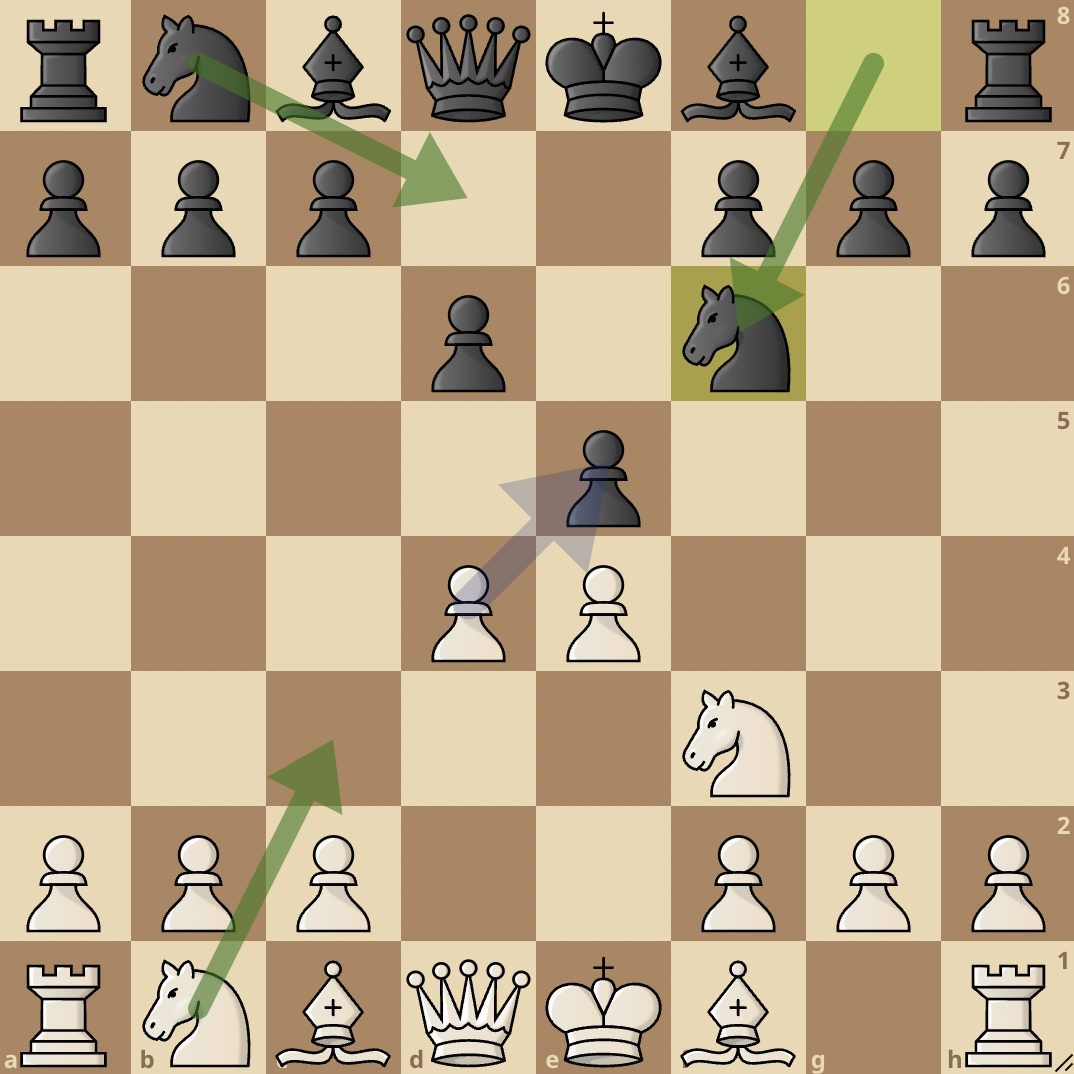
The Nimzowitsch Variation starts after 3…Nf6. White continues with 4. Nc3 and Black plays 4…Nbd7.
White then continues development with 5. Bc4 and Black replies with 5…Be7. Both sides then castle with 6. 0-0 0-0.
The main feature of the Nimzowitsch Variation is the presence of tension in the center with both sides delaying capturing to see who would capture first.
White will continue their gameplan by looking to control the center while Black will look for chances on the queenside.
The Exchange Variation
1. e4 e5 2. Nf3 d6 3. d4 exd4

The Exchange Variation starts after Black captures the d4 pawn with 3…exd4.
White then continues with 4. Nxd4 and Black attacks the e4 pawn with 4…Nf6. White continues with 5. Nc3 and Black replies with 5…Be7.
In this position, we can see that there is no clear advantage to be capitalized upon and both sides would simply develop their pieces and castle.
The game continues in a calm manner with both sides playing positionally.
The Legal Mate Trap
1. e4 e5 2. Nf3 d6 3. Bc4 Bg4 4. Nc3 Nc6 5. h3 Bh5 6. Nxe5 Bxd1 7. Bxf7+ Ke7 8. Nd5#
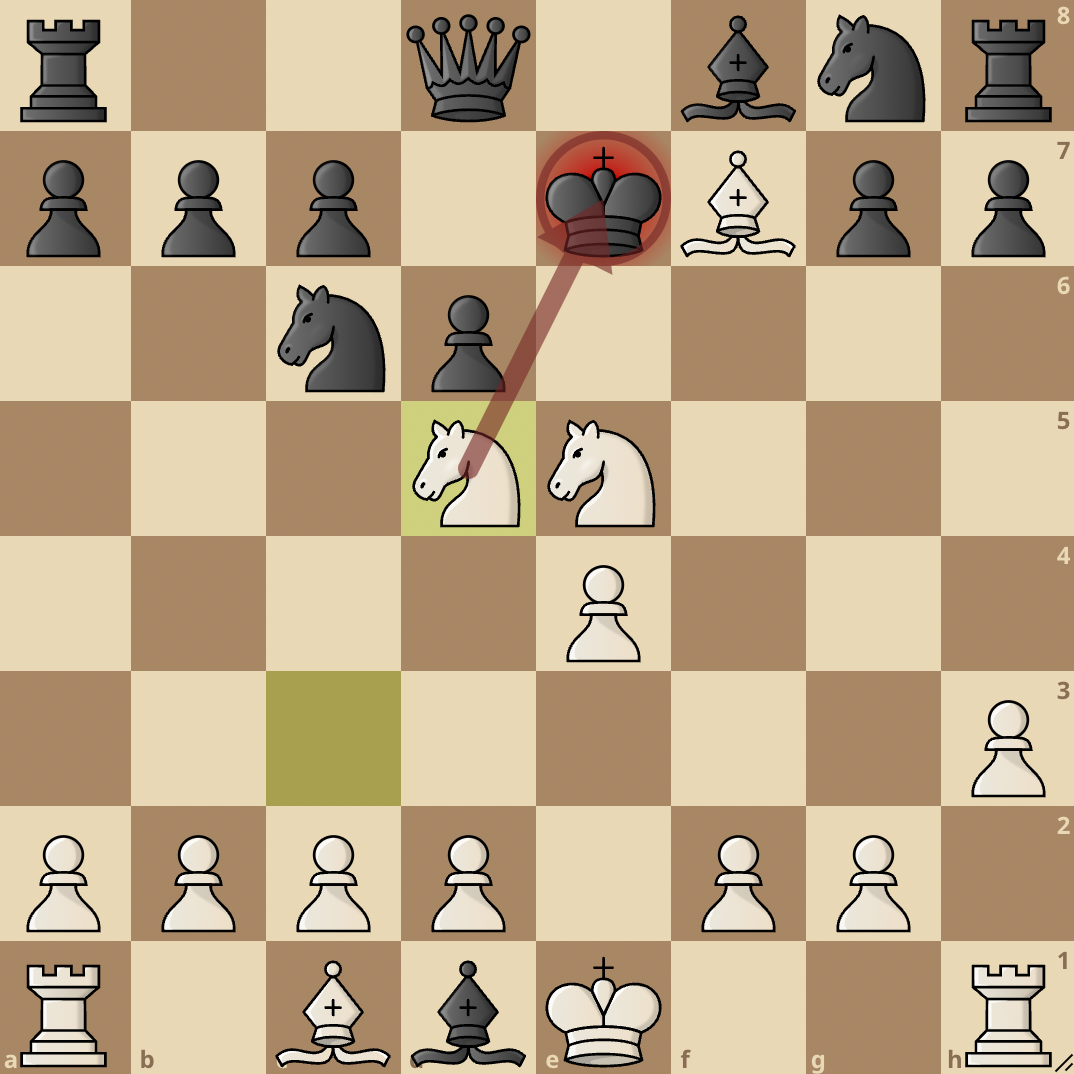
The Legal Mate is a trap that stems from the Philidor Defense. It preys on Black’s greed as it features a queen sacrifice on move 6.
If Black accepts the queen sacrifice, then they immediately lose the game as White can force a checkmate with 7. Bxf7+ Ke7 and 8. Nd5#
Successful Deployments
The Philidor Defense, while not so common is still one of Black’s most favored weapons against 1. e4. Let’s go through a few games and see how the Philidor fared when it was employed.
Touch the moves or move the board around for a better interactive experience.
Martyn Kravtsiv v Rauf Mamedov, World Blitz Championship (2015)
Grandmaster Rauf Mamedov chose the Philidor as his weapon of choice in the World Blitz Championship against Martyn Kravtsiv in 2015 and won in very good fashion.
Irene Kharisma Sukandar v Jana Krivec, EWS Cup Jakarta (2007)
The Philidor Defense has a reputation for being a calm defensive opening, however, Black can also employ it to get an edge over White as was shown by Jana Krivec in her 2007 match against Irene Sukandar.
Alexey Suetin v Vladimir Antoshin, 3rd Soviet Team Final (1953)
Vladimir Antoshin is one of the most popular Philidor Defense players. His performance with the opening in the Soviet Team Final of 1953 against Alexey Suetin was a treat to behold.




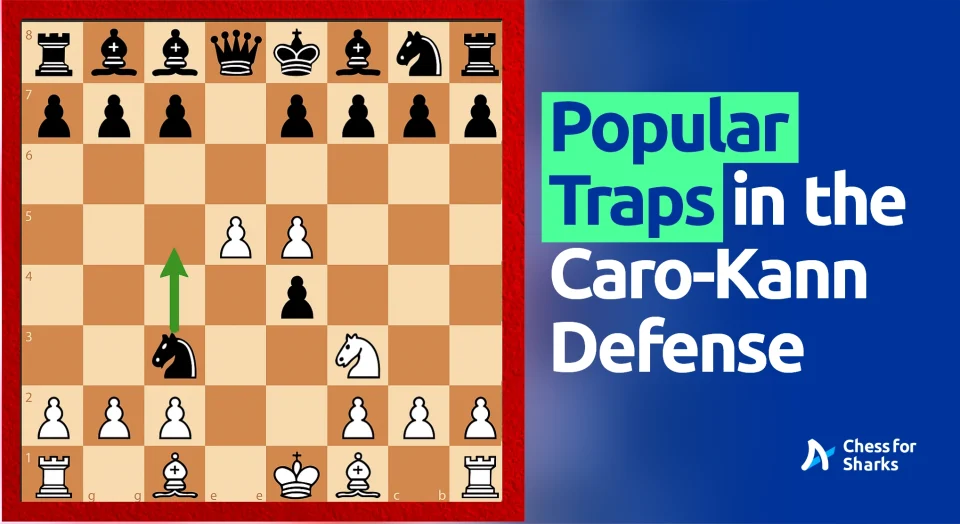

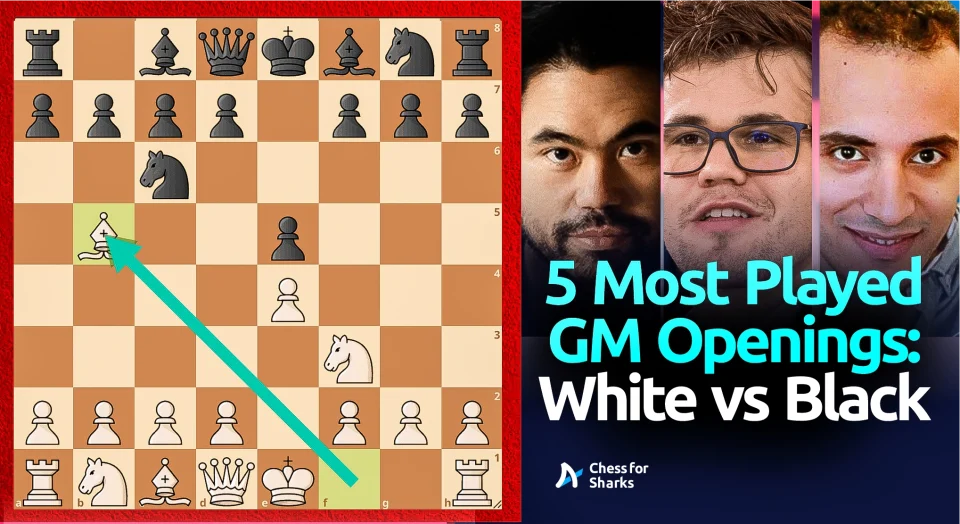
join the conversation